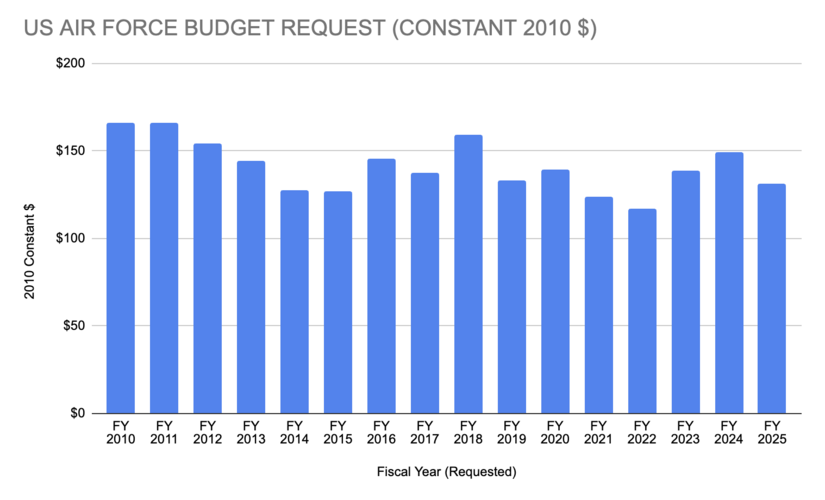bring_it_on
I really should change my personal text
- Joined
- 4 July 2013
- Messages
- 3,638
- Reaction score
- 3,753
Noone said there was anything wrong with bidding fixed-price contracts. I said, if someone gets burned, it is because they did a poor job of bidding.
It does not have to necessarily mean that at all though it could. Same point as before..take that on a case by case basis. It could mean that they did not execute as well as they could have even though bid was smart based risk and reward. Or, losses could be despite bidding and executing well but due to externalities beyond your control (pandemic and the inflation we saw coming out of it that still lingers) that is impacting several programs (B-21, F-35, weapons etc) and suppliers.
We simply don't know and my point in this was that bidding on fixed price low rate production (say first 4-5 lots) is very different than bidding fixed price over the entire contract (development plus total production). That's the different say between B-21 and T-X for example. Given LM's losses appear to be localized during the production phase (they have been working on JATM since like 2017?), it points to early production lot losses which will rectify for the program as they renogotiate for follow on production once the initial production is out of the way. Either way, them even recognizing these future losses is good proof that the production program is secure and expected to proceed...so again, we really have no evidence at all to "JATM may not survive" line of argument..or at least the point you've highlighted to advance that argument is actually proving the opposite.
Last edited:




